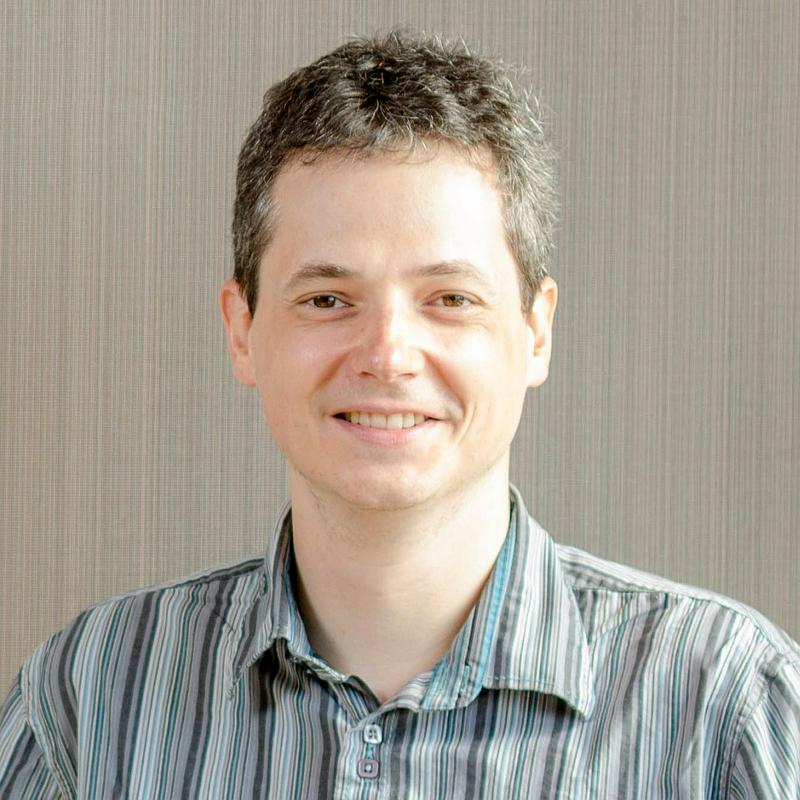
Jernej Barbič teaches computer graphics at one of the best universities in the world, at the University of South California, USA.
Barbič, originally from Primorje, in his late thirties claims he has two identities: Slovenian, and American. He can't forget his homeland, but the decade in the USA absorbed him into the cosmopolitan whirlpool of cultures, and top-level science.
The awards he won are from the field of science as well: in 2011 the reputable American magazine MIT Technology Review recognized him as one of the 35 most successful innovators under 35, one of them being the Facebook founder Mark Zuckerberg. In the same year he received a half million dollar grant from the American National Science Foundation for promising young researchers.
More recently he received the fellowship award of the Sloan Foundation for the best researchers and professors in the USA. So far, 42 fellows have gone on to win the Nobel Prize.
Are you a fan of The Lord of the Rings, and of Hobbits?
Yes, I am. Well, I can't say these are my all-time favourite movies, but technically they impressed me. They both present a turning point as far as technology of computer graphics is concerned. The close-up scenes are mostly live action, while those shot from far are computer created. The impressive animations of mass battles with thousands of soldiers have been created using a ten years old algorithm of the New Zealand Weta Digital company. Not to mention the main freak Gollum. Transferring facial expressions from human to his face was a great challenge; the dimensions and facial muscles were completely different. Presently Weta Digital is the technologically most advanced company worldwide, as far as visual effects in movies are concerned. Such ranking might be controversial, but informally the only company capable of reaching their level is Industrial Light and Magic from San Francisco, previously George Lucas' company, last year sold to Disney. These two companies received the most Oscars, and contributed the largest number of technological turning points.
Have you seen The Desolation of Smaug?
Yes, with my students here in Los Angeles.
Are there any turning points in that movie as well? The scene which impressed me most was when the group navigated the rapids in barrels, simultaneously fighting with their foes.
The Desolation of Smaug was nominated for Oscars in three categories, one nomination was for visual effects (Gravity won, auth. note). The dragon on the avalanche of gold coins has been animated superbly. In physics we call it rigid body system dynamics, or "multibody dynamics". Each gold coin is a rigid body, and in that scene millions are falling down, hitting each other, and the motion of coins is influenced by friction.
It is an extremely complex, multilayer problem. It is very difficult to compose an algorithm which is simultaneously efficient, stable, and gives a realistically looking result. The second scene I would like to mention includes the dragon covered in melted gold. There you can see the simulation of the phase transition of gold from solid to liquid state, combined with the equations of fluid motion; here Navier-Stokes equations were used.
And what was your role in Hobbit?
For a new movie at first a script is written, and contents for each separate shot are loosely defined. Next the shots are taken, or animation for them made. Each shot is then checked within the company, and a number of improvements suggested: either the background colour is inadequate, or the texture or physical parameters of the motion must be adapted. The iterations are numerous, until the final approval. I participated at these meetings at Weta Digital in Wellington, New Zealand, in brainstorming. Physicists and mathematicians know what is feasible, which are the limits of technology, and we speak out loud when a producer poses impossible demands. I also had access to all the computer models, animations, and textures in the movie, and I tested algorithms on them.
Behind the artistic work, which inspires and enthuses, there is a lot of dry mathematics. Where hides the beauty of mathematics … if it exists at all?
The beauty of mathematics is enormous. Mathematics is abstract, and in itself it has no actual application. Therefore it can be used anywhere, on anything that exists. It's a paradox: something which is not concrete is simultaneously universal. That's the power of mathematics.

































































